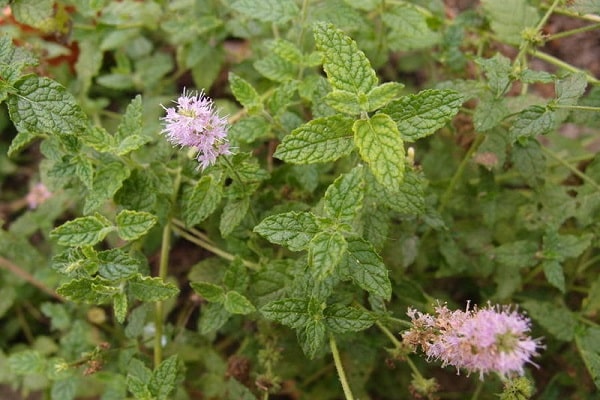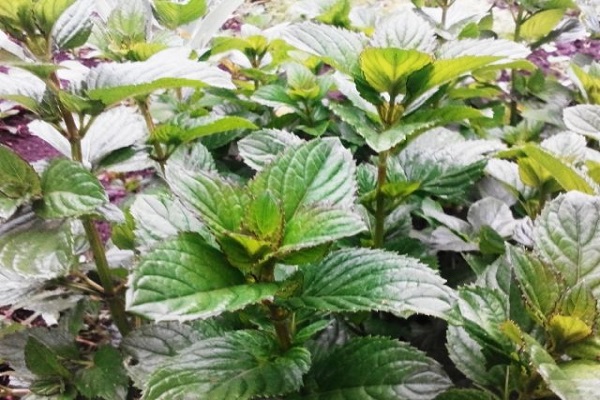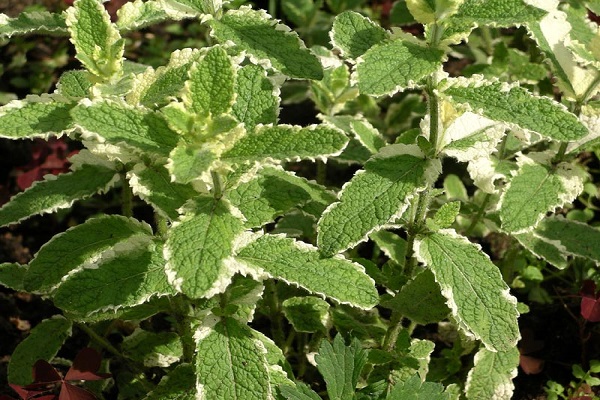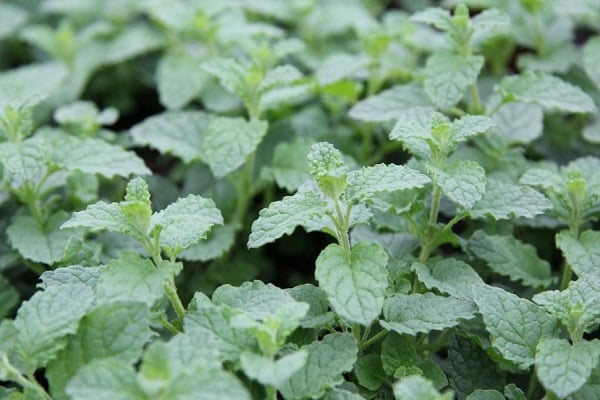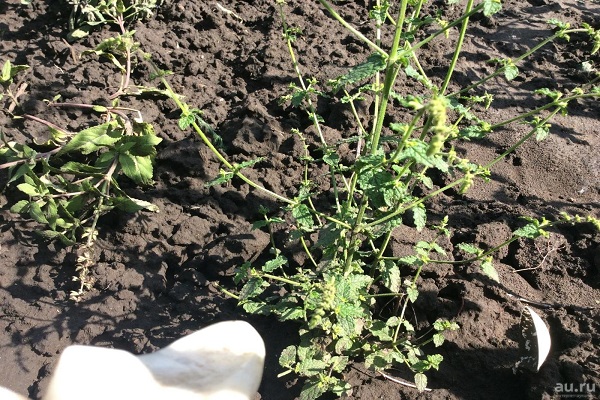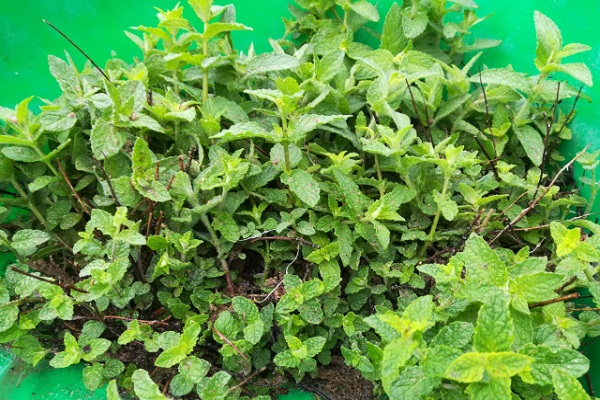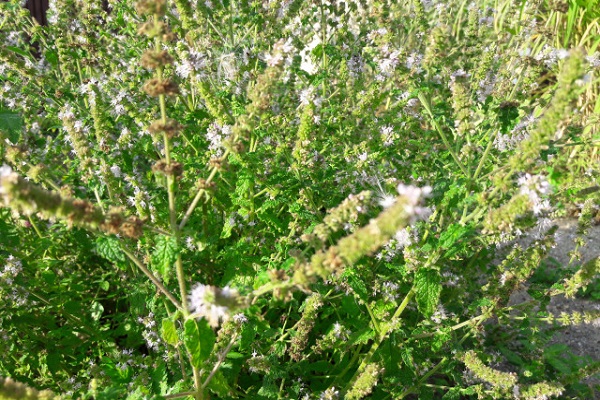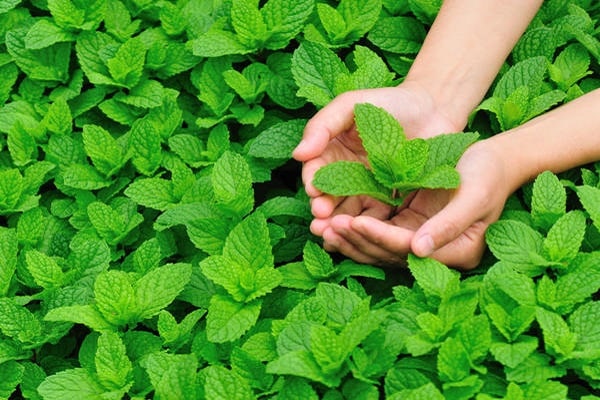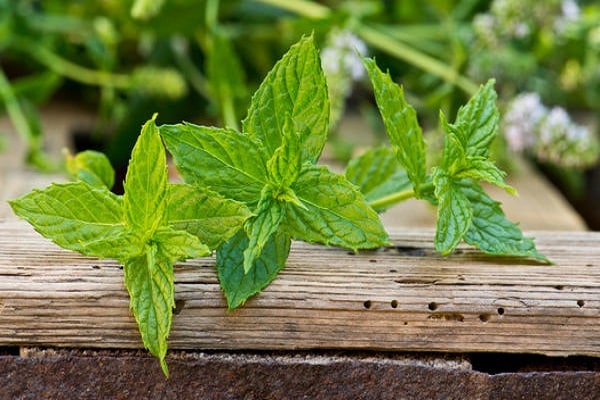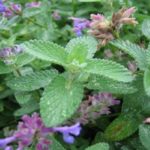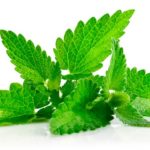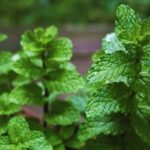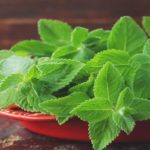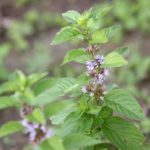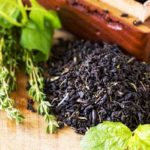Strawberry mint variety has a pleasant delicate aroma of ripe berries, while the plant does not have a sharp cold aftertaste. Thanks to its compactness and rich aroma, this variety is becoming increasingly popular among Russian gardeners. The garden crop is unpretentious in care and cultivation, so growing it will not be difficult even for novice gardeners.
Features of the variety
Strawberry mint leaves have an unusual strawberry scent and do not have the harsh taste of traditional varieties. Thanks to these qualities, the plant is ideal as an ingredient for desserts, sweet dishes, and drinks.The herb is used only in cooking, as it does not have a bactericidal or analgesic effect.
The plant is compact, the average height of the bushes varies from 30 to 40 cm. In warm climates it can grow up to 60 cm. Thanks to its unpretentiousness and ability to survive at low temperatures, it takes root well even in the northern Russian regions.
Seed preparation
Mint is considered a plant that does not reproduce well from seeds. It is better to purchase planting material in specialized stores. It is recommended to purchase several bags, since in most cases gardeners encounter germination problems.
Collecting seeds yourself is often impossible or labor intensive. Often, after planting such material, a completely different plant will eventually grow, not similar to the mother variety. The seeds are buried in the soil no more than 0.5 cm, the first shoots appear after 2 or 3 weeks. For best growth, a temperature range of 20 to 25 C is required.0.
Choosing a landing site
Mint is a moisture-loving and light-loving plant that is demanding on the soil. Due to these features, a sunny place with sandy or loamy soil is chosen for planting. The best precursors for growing plants are:
- legumes;
- roots;
- vegetables.
The soil for planting should be loose, the acidity level should be between 6 and 7 PH. In wetlands, mint is not able to take root.
Landing
Mint has good cold resistance, so planting can be done from spring to autumn. Sowing of seeds is carried out in early spring, as they freeze in winter.The summer period is considered possible, but not recommended for planting, since in this case the plant does not have time to grow stronger and form a strong root system.
Propagation by dividing bushes or rooting cuttings is carried out in late spring. To do this, choose tall, healthy shoots. Replanting mint can be done until the end of August. A later time is not recommended, since the bushes are not able to take root in a short time.
Cultivation care
The plant is undemanding to care and growing conditions. For good growth, it is necessary to provide timely watering and enrich the soil with humus. If there is sufficient heat, light and moisture, the shoots develop quickly. To save energy on watering, it is recommended to mulch the soil.
For better formation of greenery, it is necessary to feed the plant with organic, nitrogen, and phosphorus fertilizers at intervals of 1 to 2 times a month.
Mint can grow in a short time and occupy a large area, so the growth process must be controlled by periodically removing plants from unnecessary places. It is possible to radically remove mint plantings only by deep digging of the soil. To facilitate this process, experienced gardeners advise digging a sheet of slate or metal into the ground, thus fencing off the area and preventing the roots of the plant from growing beyond the area limited by the barrier.
The need for shelter for the winter is determined depending on the climate of a particular region. At low temperatures and a small amount of snow, the plant is capable of freezing, so in such conditions the plant needs shelter. For insulation, you can use peat or sawdust.
Harvest and storage
For further storing mint collected at the very beginning of flowering. During this period, the leaves of the plant are young and contain the maximum amount of essential oils. There are two collection methods:
- stem cut;
- plucking or trimming individual leaves.
With the first method, you can dry the plant whole. In this case, small bundles are formed from the stems and tied at the base. Next, mint in this form is hung in a place that does not receive direct sunlight. This product creates a subtle aroma in the room, while the natural fragrance is natural and absolutely safe for humans.
The collected fresh grass for drying is laid out on a flat surface and allowed to dry completely. Some gardeners leave the dried plant in its original form, others achieve a homogeneous mixture by grinding the grass. Store mint in a tightly closed container in a place that is well protected from light and moisture. The tightness of the vessel allows the plant to retain its berry aroma. Dry mint is often used as an ingredient for making teas and infusions.
Mint for adding aroma to things stored in a closet or wardrobe. To do this, the dry mixture is laid out in linen bags, which are placed in the required place. Mint can act as a solo component or be used as an additional ingredient together with other aromatic herbs.
To use mint for culinary purposes, I use the freezing method. To do this, the greens are thoroughly washed, dried and placed in a bag in the freezer. For use in mojito-type drinks, they resort to making ice cubes containing finely chopped mint using special molds.

